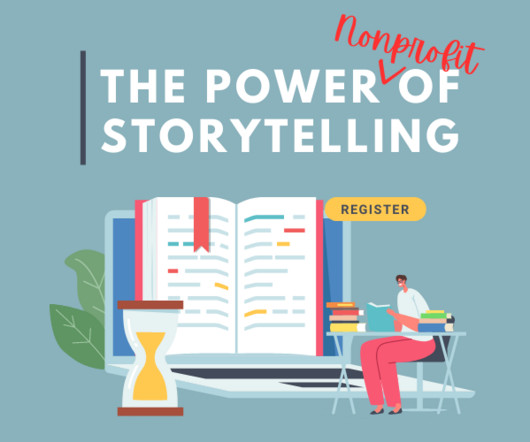Power of Storytelling | Harmony for Change: The Global Impact of Playing For Change
Pamela Grow
JANUARY 14, 2024
What sets this apart is the collaboration of 100 artists from diverse countries, orchestrated by the Playing For Change Foundation. Playing For Change aims to provide arts education to marginalized youth in 17 countries. The organization believes in the transformative power of music as a tool for social change.












Let's personalize your content